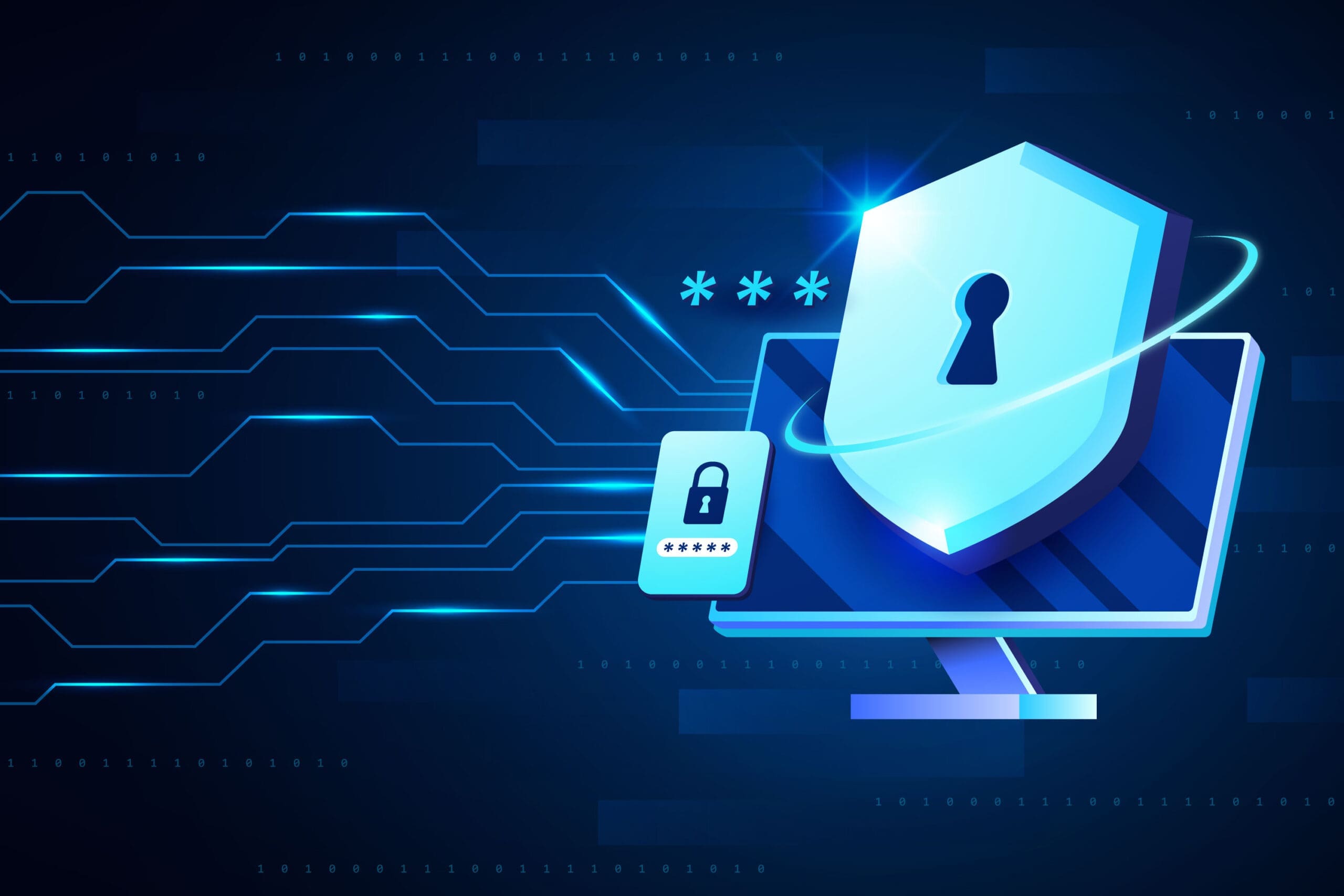In today’s digital world, organizations must prioritize robust network security strategies to protect sensitive information and maintain seamless operations. Patrick Cavell led an informative tech talk, shedding light on essential practices for strengthening defenses against evolving cyber threats.
The Importance of Documentation
One of the most fundamental, yet often overlooked, practices for securing a network is thorough documentation. Maintaining an up-to-date record of network architecture, including configurations, devices, and access points, is critical. Not only does it help in understanding the layout of your network, but it also makes it easier to identify potential vulnerabilities and respond quickly in case of a breach.
Embracing the CIA Triad
The CIA Triad, which stands for Confidentiality, Integrity, and Availability, is the cornerstone of any security strategy. These three principles guide how data is managed, protected, and accessed, forming the foundation of a strong security framework:
- Confidentiality ensures that sensitive information is accessible only to authorized individuals.
- Integrity guarantees that the data is accurate, reliable, and unaltered during storage or transmission.
- Availability ensures that data is accessible when needed, even in the event of a security breach or attack.
Adopting a Zero Trust Approach
One of the most significant takeaways from the tech talk was the advocacy for a Zero Trust security model. This strategy operates on the premise that no one, whether inside or outside the organization, should automatically be trusted. All access to critical systems and resources must be verified continuously. By limiting access to only those who absolutely need it, the Zero Trust model minimizes the risk of internal and external threats.
Next-Generation Firewalls: A Step Above the Rest
While traditional firewalls are a staple of network security, next-generation firewalls (NGFWs) offer enhanced capabilities, such as application awareness, advanced threat detection, and deep packet inspection, making them far more effective in identifying and preventing modern cyberattacks.
The Importance of Network Segmentation
Network segmentation plays a critical role in mitigating risks and enhancing network performance. By dividing the network into smaller, isolated segments, organizations can prevent a security breach in one part of the network from affecting the entire system. Segmentation also improves network performance by limiting congestion and ensuring that sensitive data remains protected.
Securing Both Wired and Wireless Networks
Securing both wired and wireless networks is a key aspect of network protection. Using strong authentication methods and ensuring devices are regularly patched helps defend against vulnerabilities. Regular patching is critical to staying ahead of emerging threats.
Implementing Network Access Control (NAC)
Implementing a Network Access Control (NAC) solution provides greater visibility and control over network access. NAC ensures that only authorized users and devices are granted access to the network, which reduces the risk of unauthorized access and potential breaches.
Remote Site Protection: MFA, Secure VPN, and SD-WAN
As more organizations expand their remote workforces, protecting remote sites has become a priority. Multi-Factor Authentication (MFA) strengthens security by verifying user identities and securing access. Additionally, properly configured VPNs help protect data during transmission. For organizations aiming to scale securely, SD-WAN (Software-Defined Wide Area Network) delivers flexibility, enhanced security, and cost savings.
Enhancing DNS Security
DNS security plays a vital role in preventing malware interactions and blocking phishing attacks. By securing DNS, organizations can ensure that their network is safeguarded against phishing attacks and other forms of cybercrime that exploit DNS vulnerabilities.
Conclusion
Patrick Cavell’s Tech Talk provided valuable insights into essential network security strategies for organizations, particularly in the public sector. By focusing on key areas such as documentation, Zero Trust, next-generation firewalls, network segmentation, and robust authentication practices, organizations can build a strong security foundation. Implementing these strategies will help protect sensitive data, improve network performance, and reduce the risks associated with cyber threats.
Incorporating tools like NAC solutions and secure remote access options will further enhance the overall security posture, ensuring that small organizations are well-prepared to face the challenges of today’s cybersecurity landscape.







